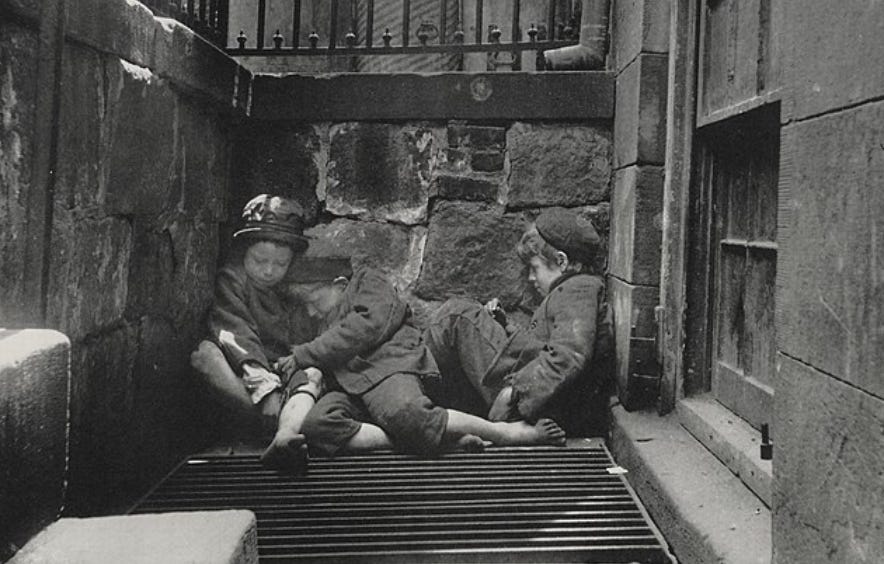on rice chests and protests
We can't look away
In 1762, King Yeongjo of Korea found what seemed like the perfect fix for all his problems. His son, Crown Prince Sado, had terrorized the palace for years—killing servants, assaulting court ladies, and spiraling into a madness that threatened not just their dynasty, but their legacy.
The solution, despite rigid norms, was elegantly simple: a rice chest. He would lock his son in a rice chest for hours, days if necessary, until he and his anxieties were stripped of their life.
In Confucian Korea, however, filial piety and royal duty were sacred—fathers obeyed kings, and sons obeyed fathers. Order, they said, was restored, but the fantasy behind it was always the same — that corruption can be contained, that madness can be buried, that power can purify itself.
Wood and rice and the mathematics of life are a seductive topic, one with a terrible simplicity. The chest of which it is made becomes a prayer, a ritual, a way of convincing yourself that what you're burying is the problem rather than its most visible symptom. Rice, however, has a way of growing in the dark, and what grows is rarely what is planted.
We are all living in the shadow of someone's rice chest. Some institutional solution that addressed the symptom while leaving the disease untouched. The comfortable fiction that removing the corrupted somehow eliminates corruption itself. There's a particular weight to carrying someone else's silence, and those who bear such burdens are the only witnesses we can trust.
We may be waiting for our real solutions, but there is no doubt they require more than rice chests. And even if they were to burn the chest, to wipe it off our walls and writings and hands, with its antiquated architecture and frail hangings, it would be only a matter of time before the slow, weighty flow of flames engulfed its shape, adding nothing but a reddish hue to its beauty.



